Creating a productive and visually appealing garden involves more than just choosing the right plants; it’s also crucial to consider plant spacing and layout. Proper plant spacing ensures that each plant has enough room to grow, access to sunlight, and adequate airflow, which are essential for healthy growth and abundant harvests. In this article, we’ll delve into the importance of plant spacing, tips for optimal layout, and practical advice for managing your garden space effectively.

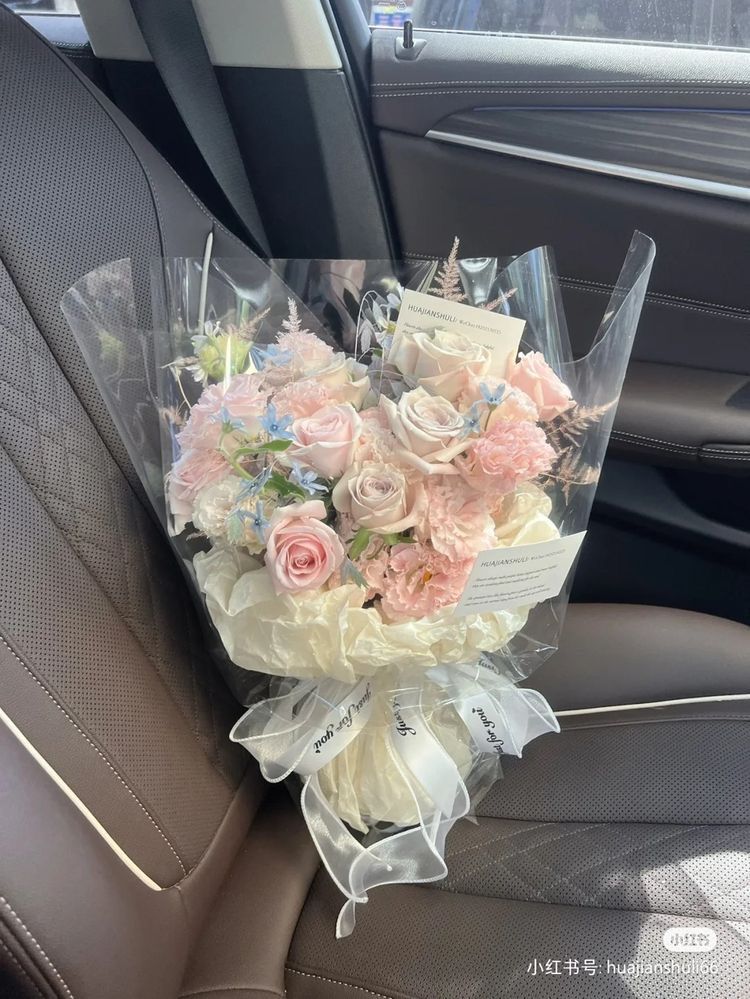
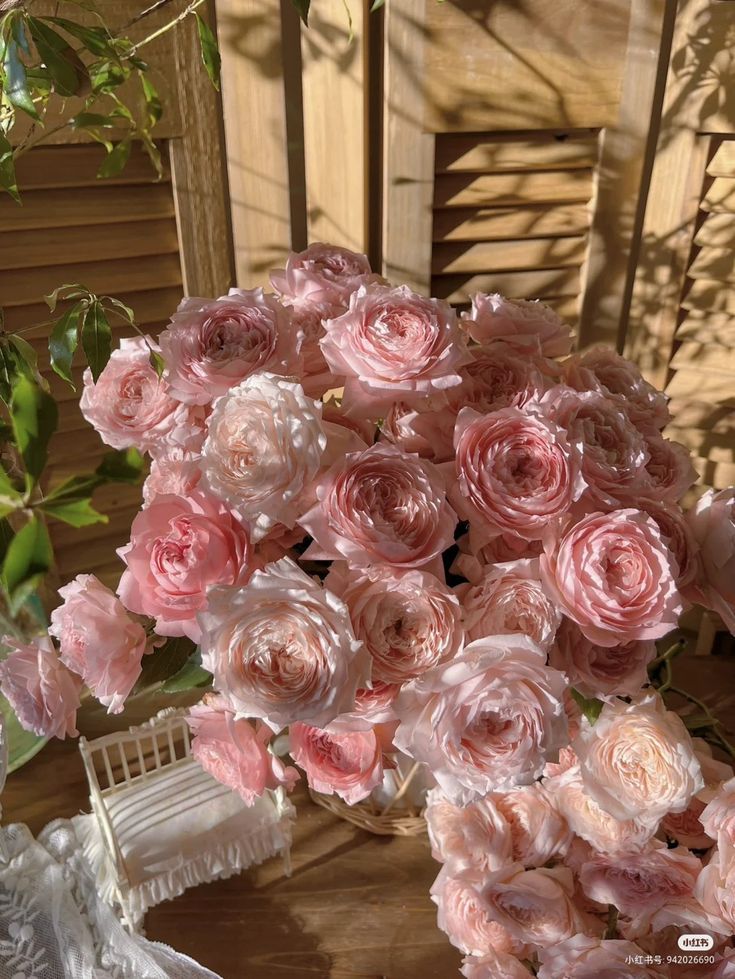
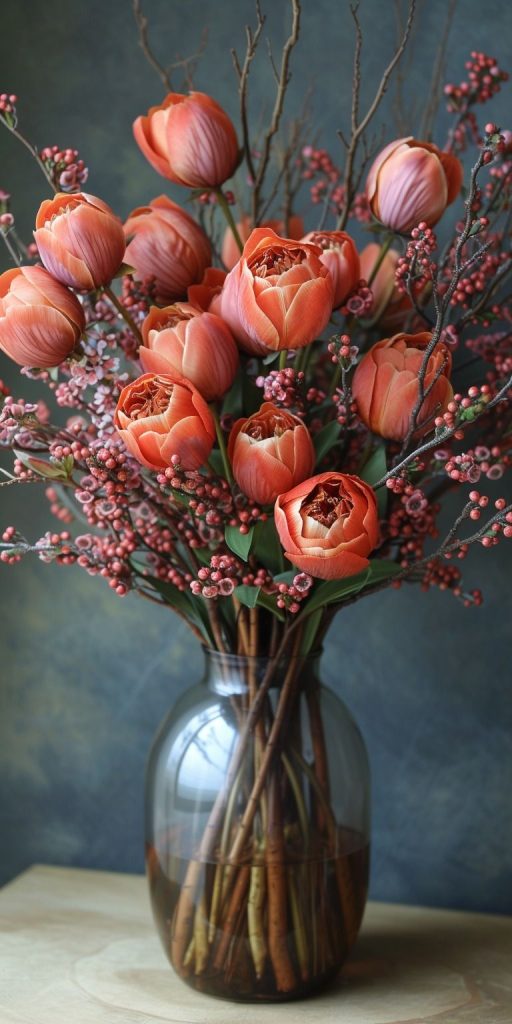
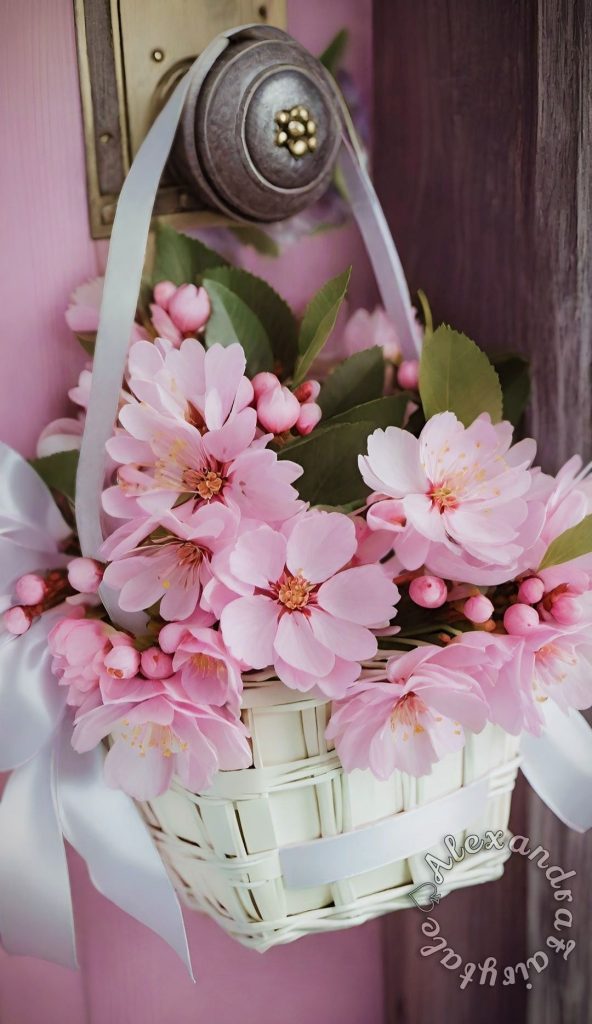
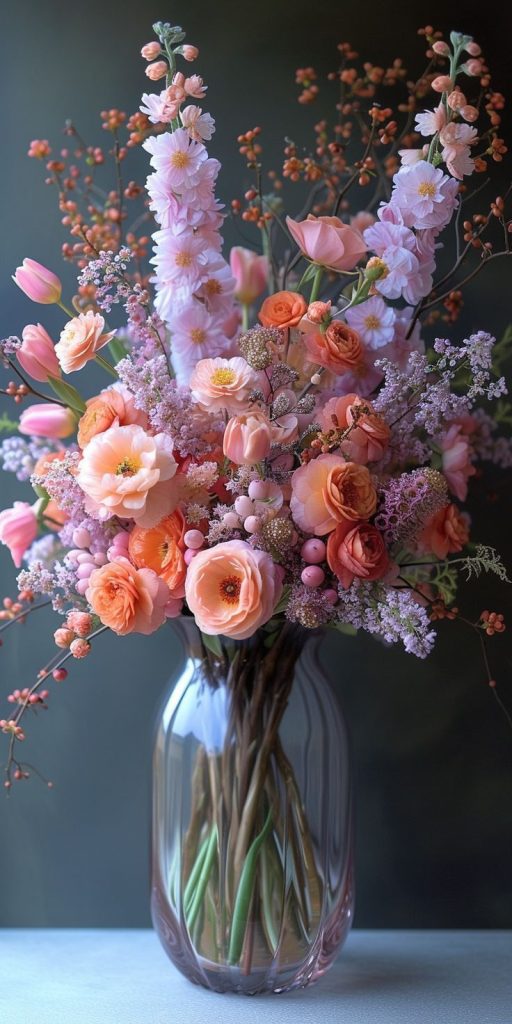
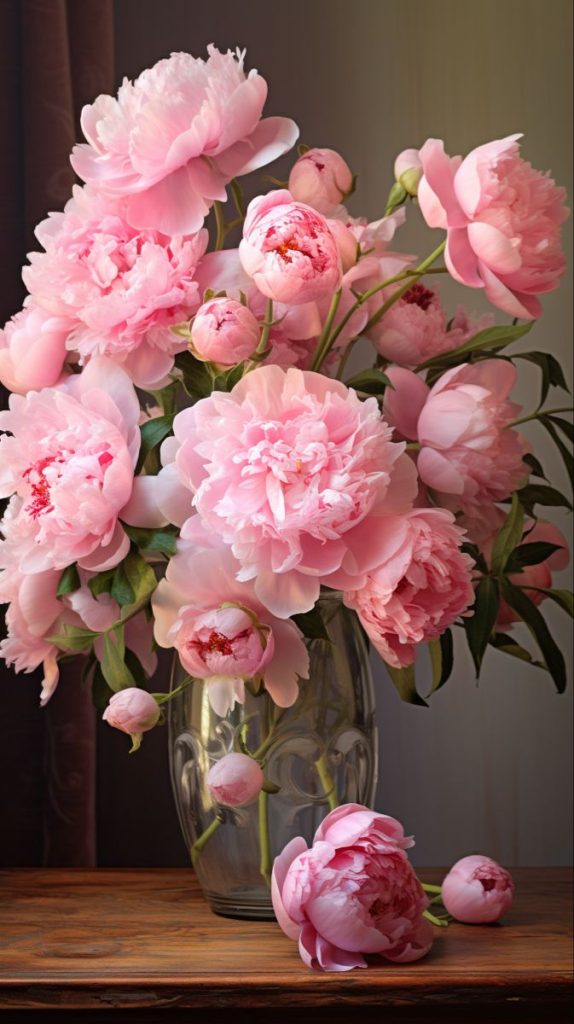
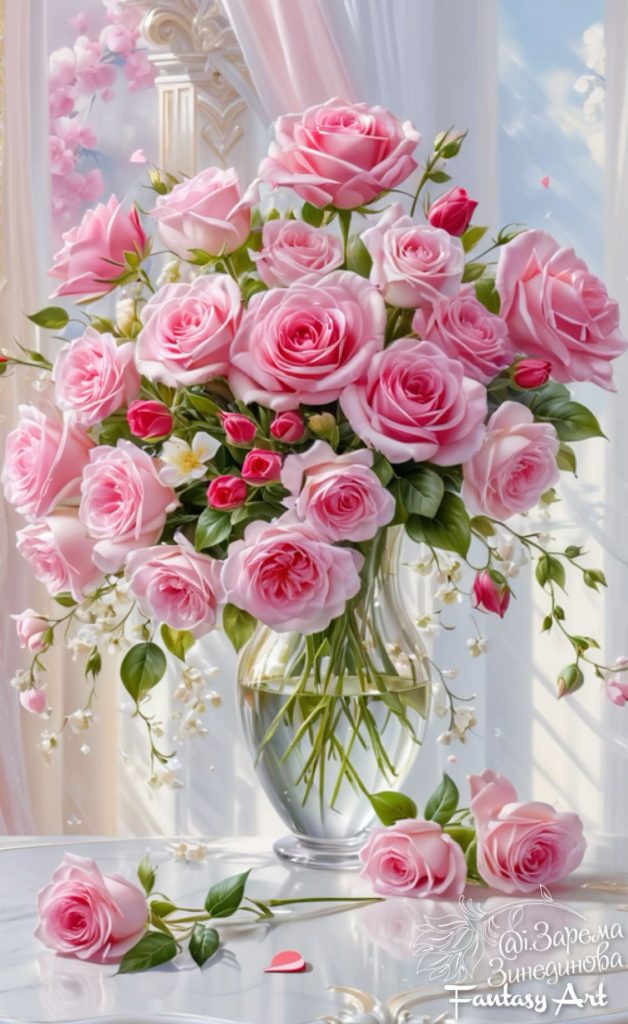
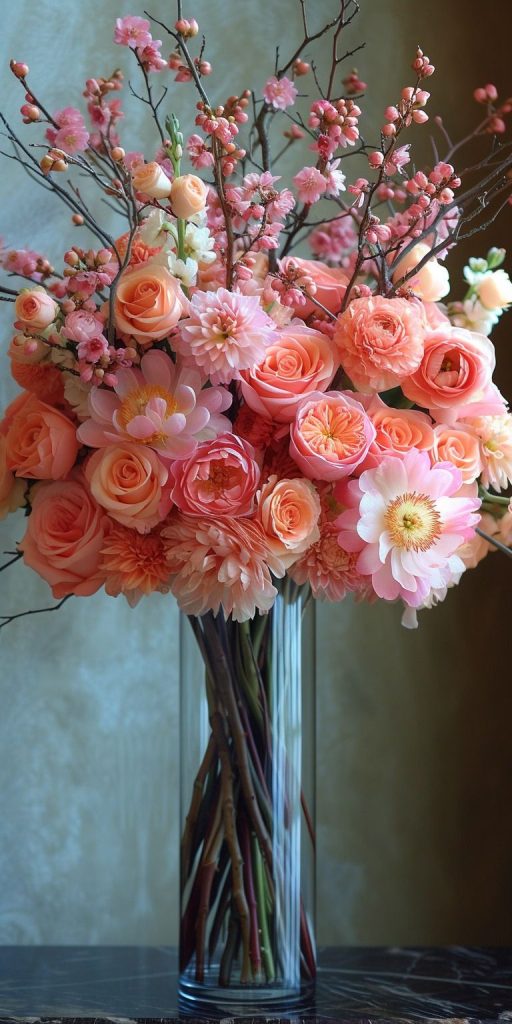
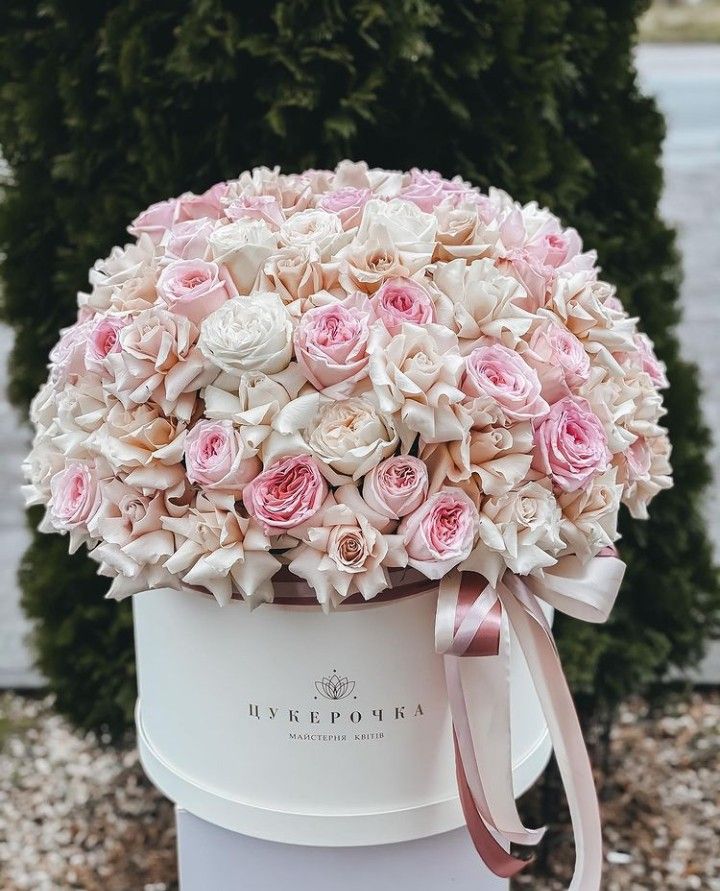
The Importance of Plant Spacing
- Healthy Growth:
- Avoid Overcrowding: Proper spacing prevents plants from competing for nutrients, water, and sunlight, promoting healthier growth and reducing the risk of diseases.
- Encourage Air Circulation: Adequate spacing allows for better airflow around plants, reducing humidity and preventing fungal diseases.
- Optimal Harvest:
- Maximize Yield: Properly spaced plants are more likely to produce larger and more abundant harvests.
- Facilitate Harvesting: Adequate spacing makes it easier to access plants for watering, fertilizing, and harvesting.
- Visual Appeal:
- Aesthetic Layout: Proper plant spacing and layout contribute to a visually appealing garden design, creating a harmonious and balanced look.
- Define Garden Beds: Clear pathways and defined garden beds enhance the overall appearance and organization of your garden space.
Tips for Optimal Plant Spacing
- Research Plant Requirements:
- Read Plant Tags: Check the plant tags or seed packets for specific spacing recommendations provided by the plant breeders.
- Consider Mature Size: Factor in the mature size of plants when determining spacing to ensure they have enough room to grow.
- Follow General Spacing Guidelines:
- Vegetable Gardens: Typically, vegetables require spacing of 12-24 inches between plants, depending on the type and variety.
- Herb Gardens: Herbs often need less space, with 6-12 inches between plants.
- Flower Beds: Flowers vary widely in spacing requirements, so it’s essential to research each plant’s specific needs.
- Adapt to Your Garden Conditions:
- Soil Quality: Plants grown in fertile soil may require more spacing than those in less fertile soil to avoid overcrowding.
- Climate and Sunlight: In hot climates, plants may benefit from slightly wider spacing to reduce competition for water and nutrients.
Practical Advice for Garden Layout
- Plan Your Layout:
- Sketch Your Garden: Create a rough sketch of your garden space, including existing features like trees, shrubs, and structures.
- Consider Accessibility: Plan pathways and access points to make it easier to navigate and maintain your garden.
- Group Plants Wisely:
- Companion Planting: Group plants together based on their compatibility and mutual benefits, such as pest control or nutrient sharing.
- Rotate Crops: Rotate vegetable crops each season to prevent soil depletion and reduce the risk of diseases.
- Utilize Vertical Space:
- Vertical Gardening: Take advantage of vertical space by growing climbing plants, trellises, or using hanging baskets to maximize space.
- Stacking and Layering: Use stacking or layered planting techniques to grow multiple crops in the same area without overcrowding.
Conclusion
Managing garden space effectively through proper plant spacing and layout is crucial for promoting healthy growth, maximizing harvests, and creating a visually appealing garden. By understanding the importance of plant spacing, following optimal spacing guidelines, adapting to your garden conditions, planning your layout carefully, and utilizing vertical space, you can create a thriving garden that yields bountiful harvests and enhances your outdoor space.
So, take the time to plan and manage your garden space wisely. With thoughtful planning and proper care, you can transform your garden into a productive and beautiful oasis that you’ll enjoy all season long. Happy gardening